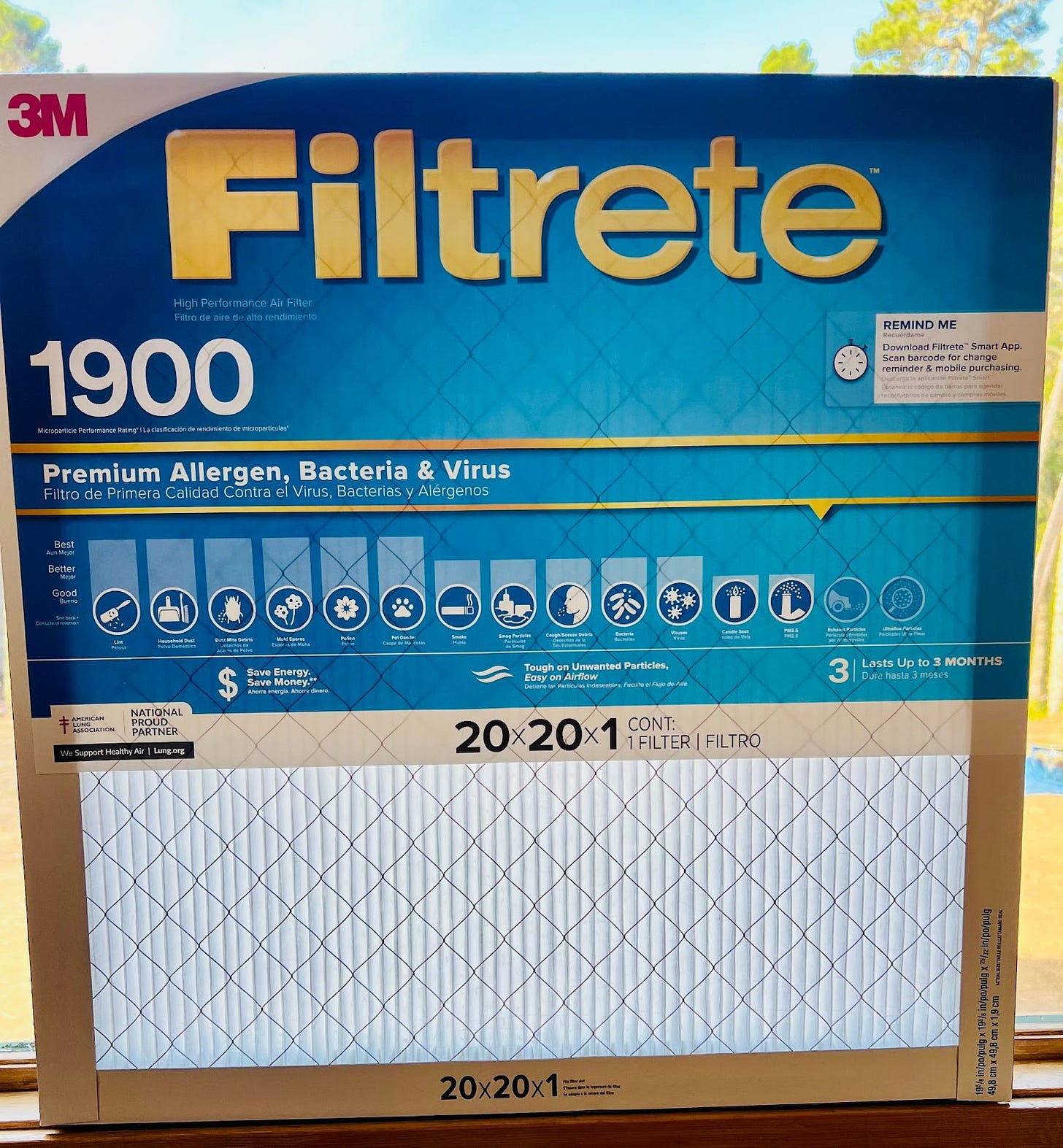A Brief Overview of the Sizes of Airborne Particles
The Impact of Airborne Particles on Health and Environment Varies with Size
Have you wondered what’s floating in the air around you? Many particles in the air are so tiny we can’t see them. Airborne particles come in different forms, each with their own characteristics and potential impacts on health and the environment. We often group them into categories like biological contaminants, different types of dust, particulate contaminants, and gaseous contaminants.
Chart of Airborne Particulate Sizes
Now, take a look at the diagram we've included. It gives you a visual breakdown of the size range of these airborne particles, all measured in micrometers (µm). Interesting, right? A couple of things to help us understand the chart:
The steps of the scale (at the top and bottom) of the chart advance from left to right by a power of 10. Every particle size to the right is 10 times larger in diameter than the one to its left.
By the same measure, every particle size to the left is 10 times smaller than the one to the right. The golf ball is to the left of the beach ball. It’s that kind of size difference for this scale, referred to as the logarithmic scale.
The scale's range is low enough on the left side to consider the sizes of gaseous particles. Heavy dust on the far right side settles out of the air in seconds.
Understanding the size of particles is super important. It helps us figure out:
what's floating around in the air and how long a particulate stays in the air,
whether we can inhale it,
or contact it after it settles on surfaces.
The size of inhaled particulates or gases determines whether they get trapped in our nose or upper throat, in the upper airways, or travel into our lungs. Some really small particulates we breathe in and out, just like some gases. Bigger, heavier particulates settle out of the air onto surfaces, where they can be picked up by hands touching the surfaces or other skin contact. Someone sneezes—think where the wet particulate lands. Are you going to touch that surface?
What we've just learned is that particle size provides information that allows us to capture particles and keep our air quality healthy. For example, understanding the different sizes of airborne particles can help us choose the best filter. You’ll see the following chart again in our discussions, but do you see how filters can be designed for different particle sizes?




